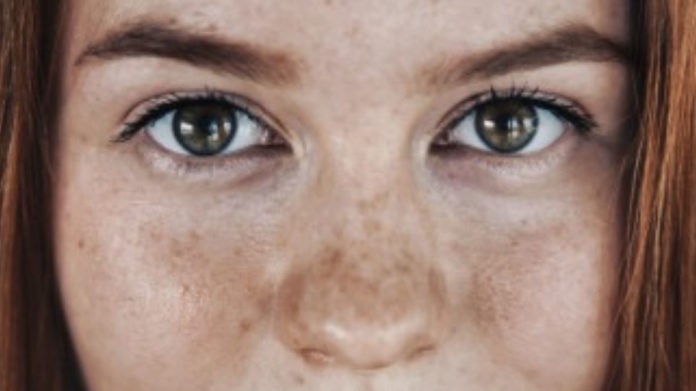Skin pigmentation refers to the uneven complexion. The skin manifests a different shade in varying parts. These disorders make a visible change in the skin colour that is highly evident. The skin colour is determined by melanin. The amount of melanin present in the human body is affected by several factors. An anomaly in the division of melanin arouses pigmentation.
Hyperpigmentation is a broad term that causes the skin to darken. It is highly commonplace. In most cases, it is innocuous but can also be a response to medication sometimes. The size of these patches varies. Nevertheless, it can be embarrassing to have pigmented skin. Beauty standards have evolved, and more people are seeking skin pigmentation treatments these days.
Even though makeup brands are endorsing a more natural look and validating the idea of embracing one’s flaws, people still want to look very best. In situations where the pigmentation is irredeemable, a skin pigmentation treatment can provide an even skin tone.
Types of Hyperpigmentation
The different types of hyperpigmentation are:
1) Melasma: Triggered by hormonal changes; melasma typically shows up during pregnancy. The most commonly pigmented areas are the stomach and face.
2) Sunspots: Also popularly known as liver spots or solar lentigines sunspots are a prolific sighting. They are induced by extra exposure to the sun. They manifest on the areas that are most exposed, such as hands and face.
3) Post-inflammatory hyperpigmentation: Stems in case of an injury or inflammation on the skin. A typical example would be acne.
What Causes Skin Pigmentation
Hyperpigmentation is a result of excess melanin production. Melanin is responsible for our skin colour and is produced by melanocytes. Many factors influence the production of melanin in the human body. They are:
1) Chemotherapy and other drugs embark on hyperpigmentation as a side effect.
2) Pregnancy induces a significant fluctuation of hormones. This can trigger the growth of hyperpigmentation.
3) Addison’s disease is a rare occurrence that also causes hyperpigmentation. Affected areas include hands, face, neck, elbows and knees. Sun exposure determines the level of pigmentation.
4) Spending ample time in the sun can induce hyperpigmentation.
Treatment
Before choosing a plausible treatment course, a diagnosis is made. It commences with gathering medical history and taking a physical examination. Skin biopsies are useful in narrowing down the precise cause. Topical creams can help prevent some cases of hyperpigmentation. Hydroquinone is an active ingredient in these creams and aids in skin lightening.
Nonetheless, overusing topical creams can lead to skin darkening over time. This phenomenon is known as ochronosis. Hydroquinone should be applied only with a dermatologist’s consultation to avoid any unfavourable effects. Topical creams take a few months to manifest apparent outcomes.
Sunscreen is the holy grail of skincare and must be a cardinal product in everyday skincare. Face acids are also advisable for skin pigmentation.
Retinoids are derived from Vitamin A, and it is one of the oldest techniques used in reviving pigmented skin. It is safe to use for all skin types.
Chemical peels have also proven their efficacy time and again. They remove the epidermis and even the skin tone. It is capable of penetrating deeply into the skin to exhibit the best results.
Prevention Tips
People can avoid hyperpigmentation by keeping a few basic things in mind:
1) Aloe vera is a blessing in disguise when it comes to skincare and haircare. Its rejuvenating properties are remarkable. People have benefitted from the goodness of aloe vera. It inhibits the excess growth of melanin, thus, lightening hyperpigmentation. Despite the lack of scientific testimony, aloe vera is a natural product, and its application has no side effects.
2) Licorice is yet another natural product packed with renewing properties. It contains anti-inflammatory and antioxidant features that cause skin whitening. It has an element known as glabridin that helps areas affected by hyperpigmentation. If individuals cannot find the natural product, they can acquire glabridin at drug stores.
3) Green tea adapts a more wholesome way of healing. It benefits the body not only internally but also externally. It is rich in antioxidants and has anti-inflammatory properties. Green tea extracts can diminish sunburn and help with skin lightening.
Conclusion
While skin pigmentation may not be a severe cause for concern, its appearance can be bothersome for sufferers. It may hinder their self-confidence, and everyone deserves to look beautiful. Embracing one’s flaws is an impeccable thing, but if a peculiar physical trait makes one self-conscious, they must seek adequate treatment. It is also cardinal to take a few precautions that will sustain healthy-looking skin.








